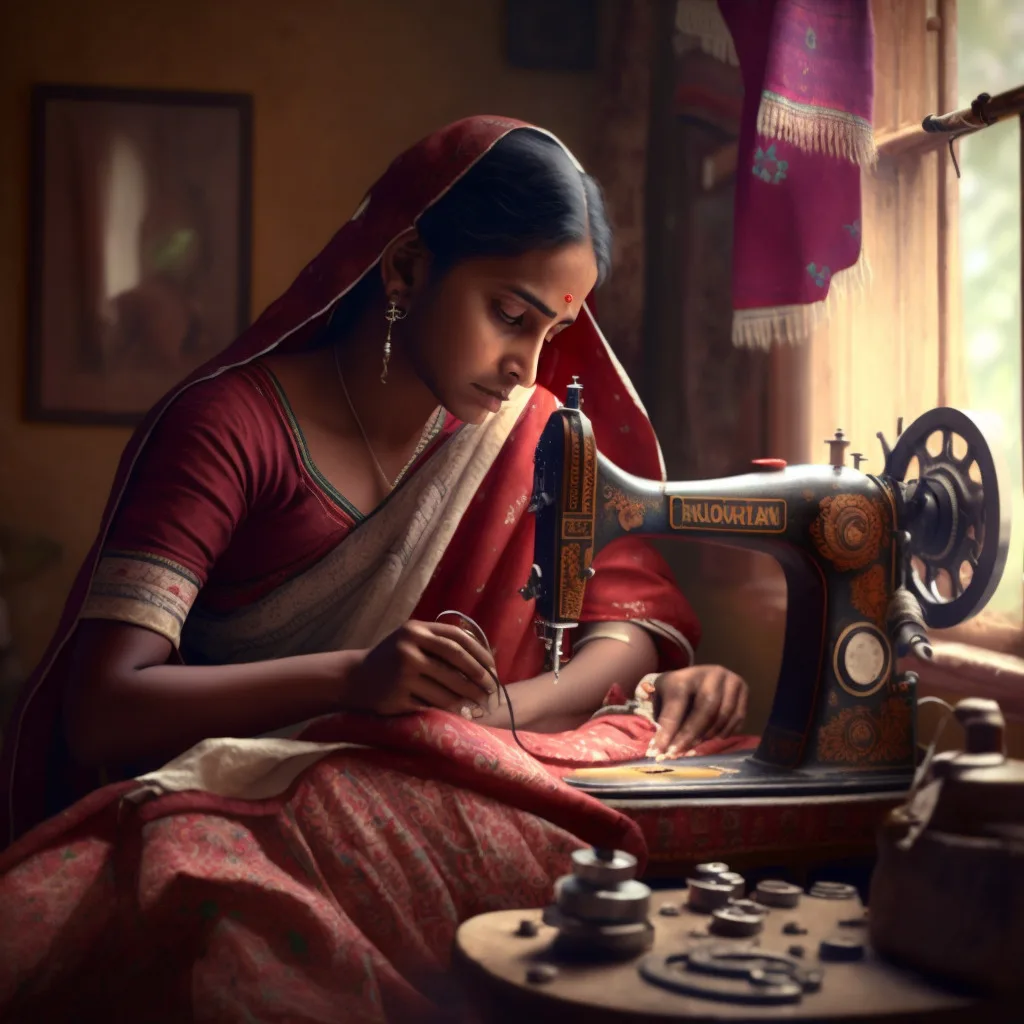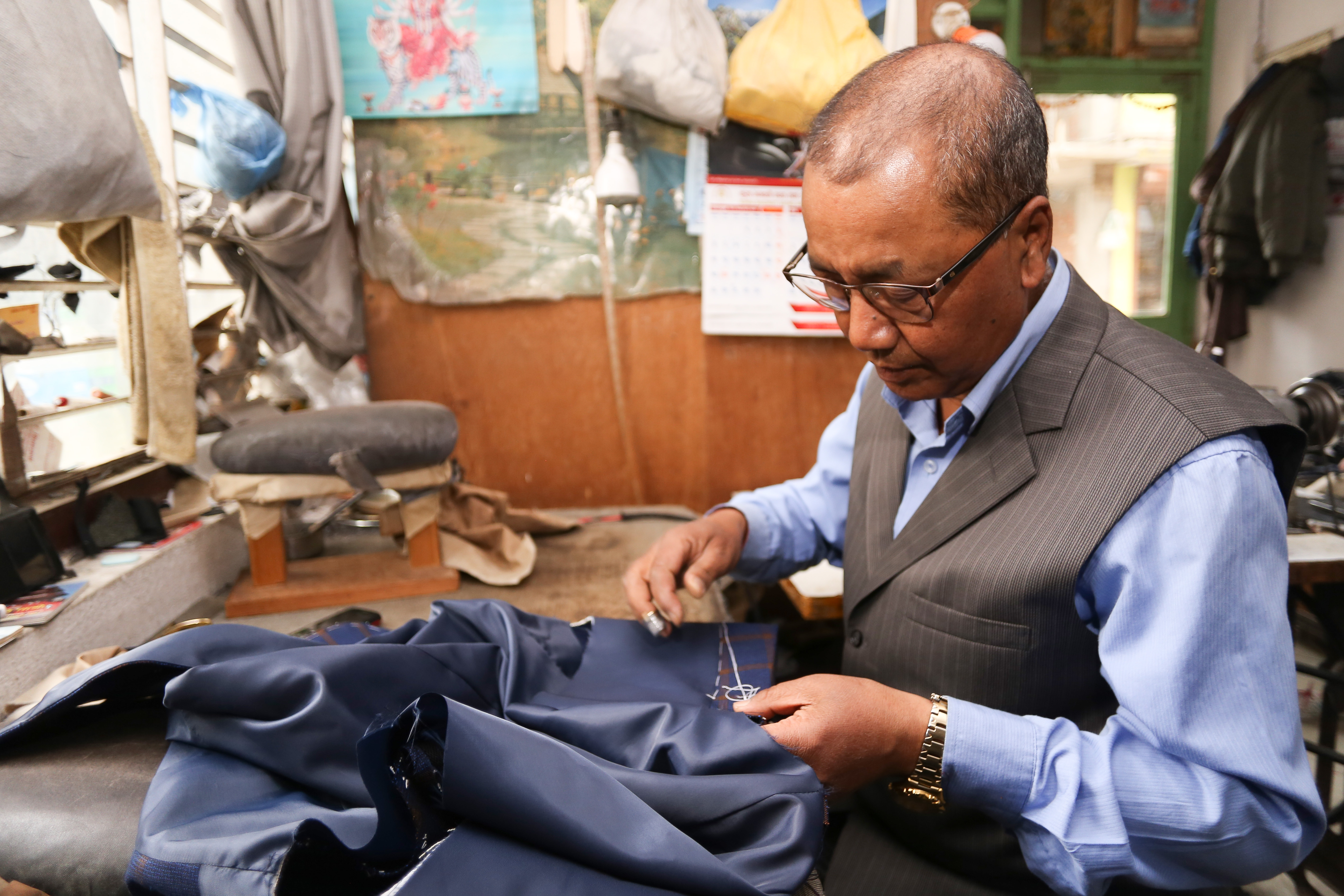Change Your Appearance with Tailor Perth: Customized Tailoring Services
Change Your Appearance with Tailor Perth: Customized Tailoring Services
Blog Article
Recognizing the Tailoring Process: From Fabric Selection to Last Fitting for the Suitable Wardrobe
The tailoring process is an intricate interplay of art and scientific research, beginning with the vital choice of textile choice and culminating in the specific modifications of last installations. Each material kind brings distinct top qualities that influence not just the visual allure but additionally the garment's longevity and suitability for various celebrations. Recognizing the nuances of customizing strategies can boost one's wardrobe to unprecedented levels of elegance. As we check out these components additionally, one should take into consideration how even the smallest details can substantially affect the overall outcome of one's individual style.
Importance of Material Selection
Picking the best material is critical in the customizing procedure, as it directly influences the convenience, resilience, and general visual of the final garment (tailor perth). The selection of material establishes the structure for the garment's efficiency, performance, and design. Various materials possess special homes, such as breathability, stretch, and weight, which can substantially influence exactly how the garment drapes and fits the body
Moreover, fabric choice influences the garment's long life and simplicity of care. High-grade textiles can stand up to wear and tear, keeping their look and structure in time, while lower-quality materials might lead to pilling or fading. In addition, the ideal material adds to the garment's capacity to change throughout seasons and celebrations, thus boosting flexibility.
A tailored item made from a suitable fabric not only showcases craftsmanship yet likewise elevates the user's self-confidence. As a result, understanding the subtleties of material choice is vital for any kind of tailoring undertaking. It makes sure that the last product not only satisfies the visual wishes of the client but likewise lines up with functional needs, thereby achieving a harmonious balance between form and feature in the tailored wardrobe.
Kinds Of Fabrics and Their Usages
Recognizing the numerous kinds of fabrics available is vital for making notified choices during the customizing process. Each material has special features that dictate its viability for specific garments and occasions.
Cotton, understood for its breathability and softness, is optimal for sportswear and summer garments. Its adaptability allows it to be customized right into everything from t-shirts to outfits. Wool, on the various other hand, is favored for its heat and framework, making it an outstanding option for formal fits and outerwear - tailor perth. Its all-natural flexibility aids garments maintain form gradually.
Silk exhibits luxury and is lightweight, making it excellent for eveningwear and delicate shirts; nevertheless, it requires careful handling because of its frailty. Linen, with its textured surface, is a popular choice for warm climates, offering a crisp and ventilated feel, yet it wrinkles easily, which might affect the garment's appearance.
Synthetic fabrics, such as polyester and nylon, deal sturdiness and resistance to creases, making them ideal for day-to-day wear and energetic clothing. Understanding these fabric kinds and their buildings permits better decision-making, making sure that each tailored item not only fits well yet also aligns with the designated function and event.
The Tailoring Methods Discussed
The art of customizing depends on a variety of strategies that change fabric into well-fitted garments. Central to this process is pattern drafting, where a tailor produces layouts based upon the customer's dimensions and preferred style. This preliminary action makes sure that the garment will fit the wearer correctly before any cutting takes place.
Once patterns are developed, cutting methods enter into play. Precision is extremely important as errors can cause misfitting garments. Tailors usually utilize different reducing approaches, such as single-layer cutting for complex designs and multiple-layer cutting for efficiency on common patterns.
Basting is another necessary method, enabling dressmakers to temporarily stitch textile assemble for an initial installation. This technique supplies the chance to examine the drape and general shape before final stitching.
Seaming strategies, consisting of french seams and flat-felled seams, enhance the garment's resilience and aesthetic appeal. Tailors also employ strategies such as interfacing and extra padding to supply structure and shape to specific locations, like collars and shoulders.
Lastly, finishing techniques, consisting of hemming and edge ending up, make sure the garment's durability while giving a polished look. Together, these strategies form the foundation of effective tailoring, resulting in beautiful, tailor-made apparel.
Fitting Changes and Considerations

Trick factors to consider include the shoulder fit, which must neither droop neither limit activity, and the sleeve length, which must permit comfy arm activity while keeping a refined appearance. Furthermore, modifications at the waist can fine-tune the silhouette, with choices to let out or take in fabric as needed.
The surge of pants is an additional essential variable; it must sit easily above the hips without creating pain, permitting convenience of movement. Hemming sizes for both pants and skirts need to reflect the user's recommended style while valuing percentages.

Maintaining Your Tailored Attire
Appropriate maintenance of tailored garments is necessary to protecting their fit and appearance in time. To make sure longevity, routine cleansing is paramount. Constantly adhere to the treatment label guidelines, which might advise completely dry cleansing for fragile fabrics or equipment washing for even more long lasting products. Prevent constant laundering, as this can use down the fabric and he has a good point change the garment's form.
Storage is similarly important; usage cushioned hangers for coats and coats to preserve shoulder hop over to here structure, and store pants folded up neatly or hung to avoid creasing. Protect garments from direct sunlight, which can discolor colors and damages fibers.
In addition, routine inspections for small repairs can protect against larger problems. Look for loosened buttons, tearing joints, or signs of moth damages, dealing with these troubles promptly to preserve the garment's integrity.
Last but not least, think about seasonal rotation. Wearing tailored pieces in moderation enables textiles to recuperate, prolonging their life-span. By applying these upkeep methods, you can make certain that your customized garments remain as pristine as the day you first wore them, improving your optimal closet for years to find.
Verdict
The tailoring procedure, encompassing material selection, competent techniques, and exact fitting modifications, plays an important role in creating garments that improve both comfort and style. Each stage adds to the total performance of the last product, ensuring that garments not only fits well but additionally reflects specific identification. Furthermore, recognizing the importance of maintenance extends the life of customized garments, strengthening their worth in a well-curated wardrobe. A detailed strategy to customizing culminates in a confident and refined look.
Choosing the right material is critical in the customizing procedure, as it straight influences the convenience, sturdiness, and overall visual of the last garment. The choice of fabric sets the structure for the garment's functionality, performance, and style. Various materials possess distinct homes, such as breathability, stretch, and weight, which can dramatically affect exactly how the garment drapes and fits the body.
The art of tailoring depends on a variety of methods that change fabric right into well-fitted garments.The tailoring process, incorporating material selection, experienced methods, and exact fitting changes, plays an important function look at here in producing garments that improve both convenience and design.
Report this page